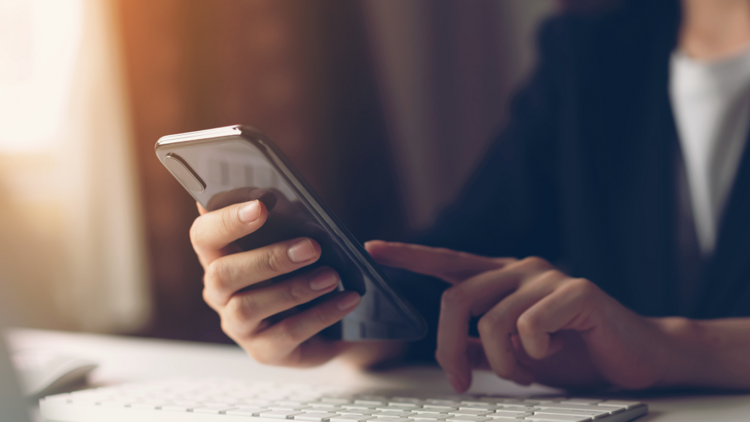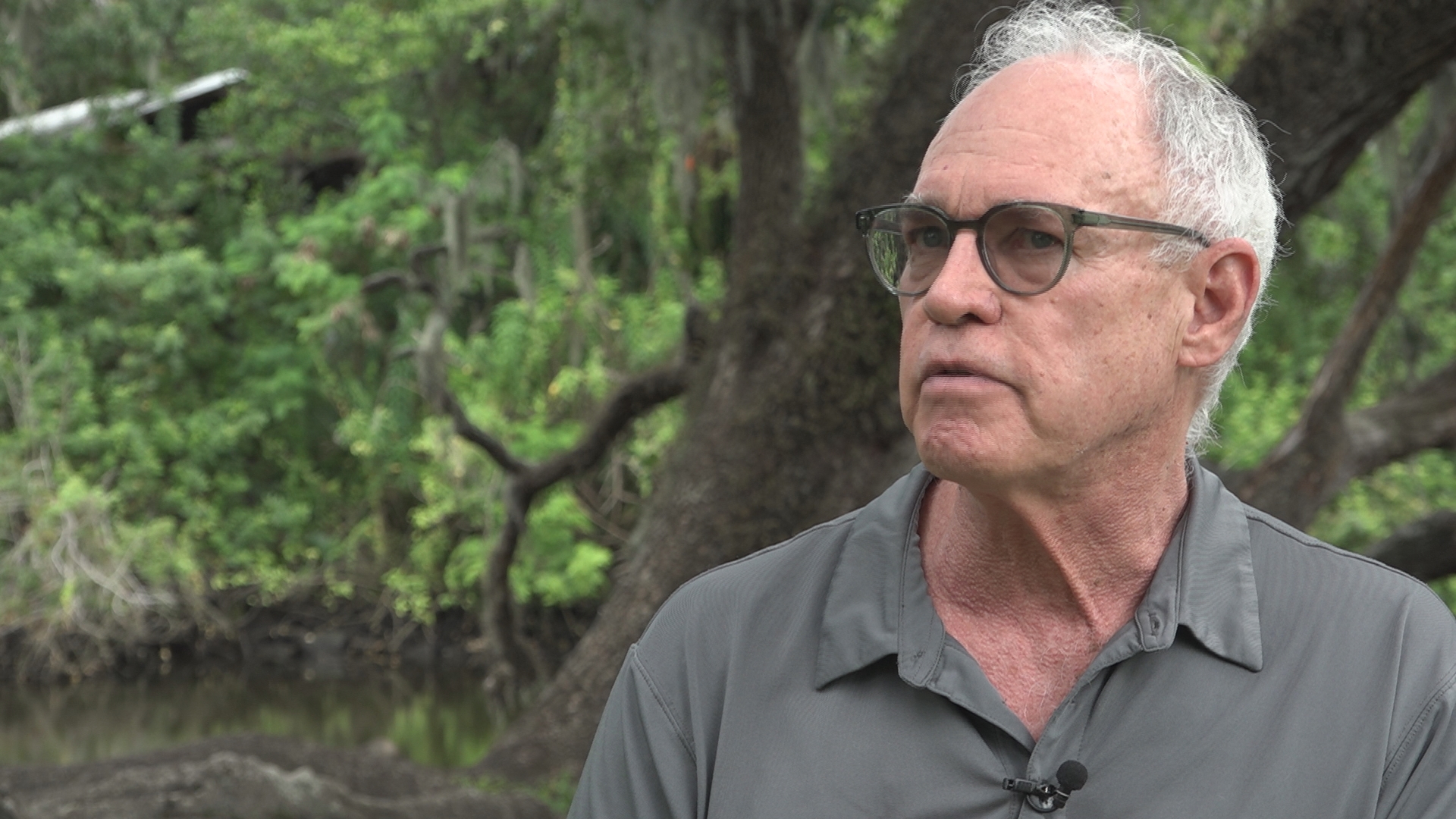One of the most important ways to combat the spread of coronavirus is social distancing -- keeping away from other people and public places as much as possible.
Governments and health experts are also particularly interested in any sort of data that shows just how much or how little people are social distancing. And, if someone gets sick, they want to be able to easily figure out where that person went recently and with whom they came into contact.
Enter contact tracing, what the Centers for Disease Control and Prevention calls "part of a multipronged approach" to fighting the COVID-19 pandemic.
The CDC shared these key points for contact tracing:
- Tracing and monitor the contacts of infected people and notify those people of their exposure
- Support the quarantine of contacts by helping ensure a safe, sustainable and effective isolation period to prevent more transmission
- Expanding resources to have states, tribes, localities and territories establish large groups of staff who can contact trace
- Using digital tools to expand the reach and efficiency of contact tracing
Simply put, contact tracing is figuring out all of the people an infected person physically came into contact with during a given period of time. That includes family, friends, significant others and strangers.
Contact tracers are usually trained staff that interview those who test positive for COVID-19 and then alert the people who the infected person may have been in contact with. The contact tracers sometimes recommend those people self-isolate or quarantine themselves to prevent further spread.
That last component from the CDC -- using digital tools -- is key to getting an accurate read of possible contacts from an infected person.
Earlier in April, Google and Apple announced a partnership and new software for smartphones that would make it easier to use Bluetooth technology to track people who may have been infected by coronavirus carriers.
This Apple-Google API -- application programming interface -- could arrive on billions of devices around the world. According to TechCrunch, the API is being made available to developers who are building apps for health agencies. CNN reported that only public health leaders would be able to interact with the API in this stage.
Then, people who test positive for COVID-19 would be able to put their results into the app without revealing personal information. According to Apple and Google, any other person who also has the app and was in contact with the infected person will be notified.
The second phase of the companies' plan includes building contact tracing into the phone's operating system. In both phases, users would have to opt-in to participate.
With any tracing software or application comes privacy concerns. In a joint statement, Google and Apple said: "privacy, transparency, and consent are of utmost importance in this effort, and we look forward to building this functionality in consultation with interested stakeholders."
The companies also said they would publish information about the software for others to analyze. And, TechCrunch reported that the software does not collect personal information or geographic data.
- Florida is getting ready to re-open. Here's who's on the task force
- What Florida beaches are open? A county-by-county list
- Huge 'fatberg' removed from Tampa pumping station
- 26 million Americans filed for unemployment benefits since coronavirus hit
- Tom Brady uses conch shell to welcome Gronk to Tampa Bay Bucs
- Volunteers print 13,000 face chields for front line workers
- Scared to death: ER docs say people are dying because they're afraid to seek medical care during pandemic
- Hotlines, websites offer the latest on COVID-19
FREE 10NEWS APP:
►Stay In the Know! Sign up now for the Brightside Blend Newsletter





